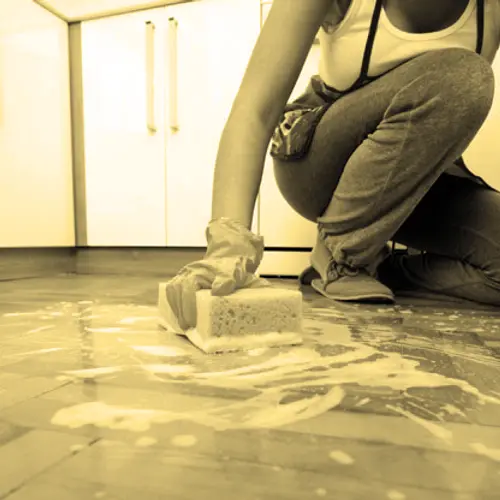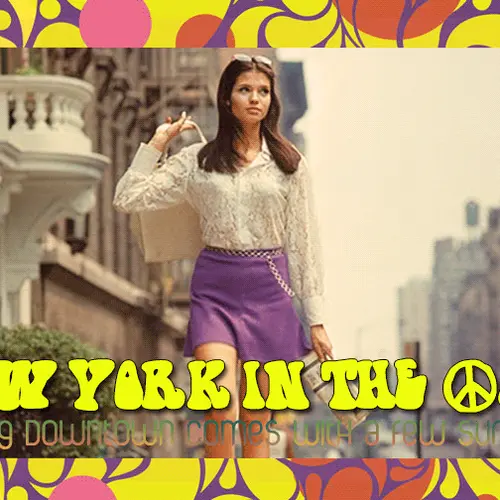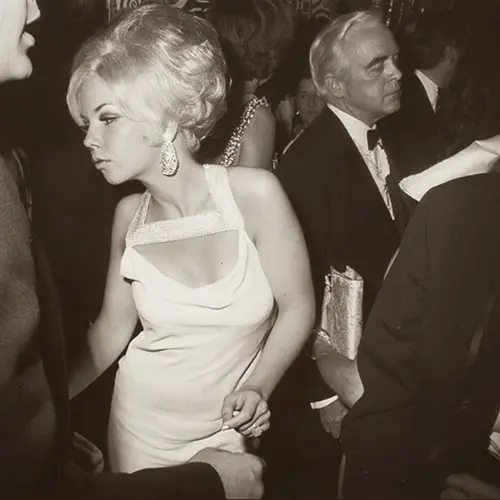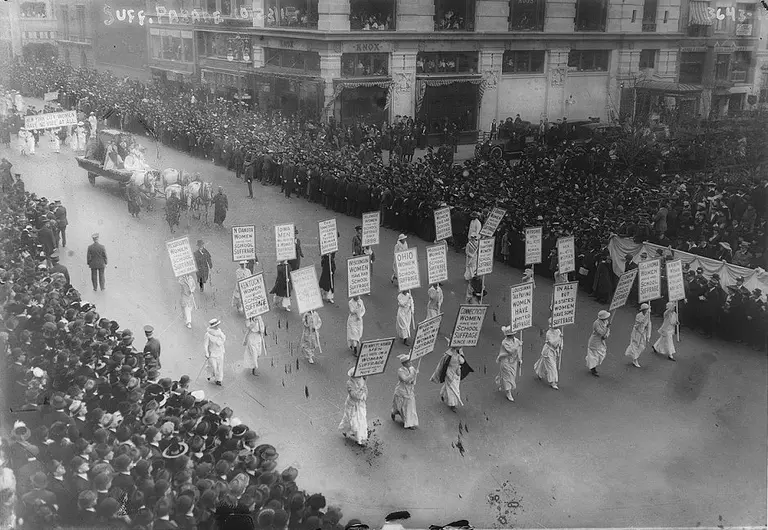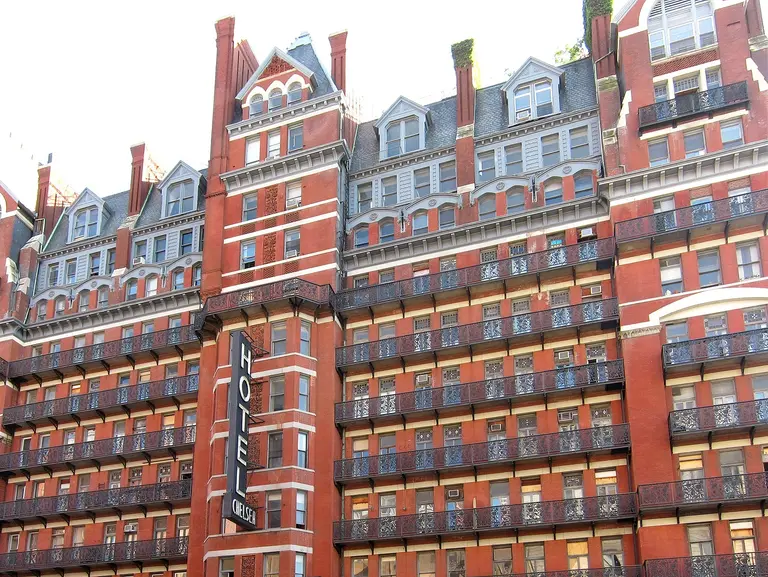New York in the ’60s: Moving Downtown Comes With Colorful Characters and Sex Parties
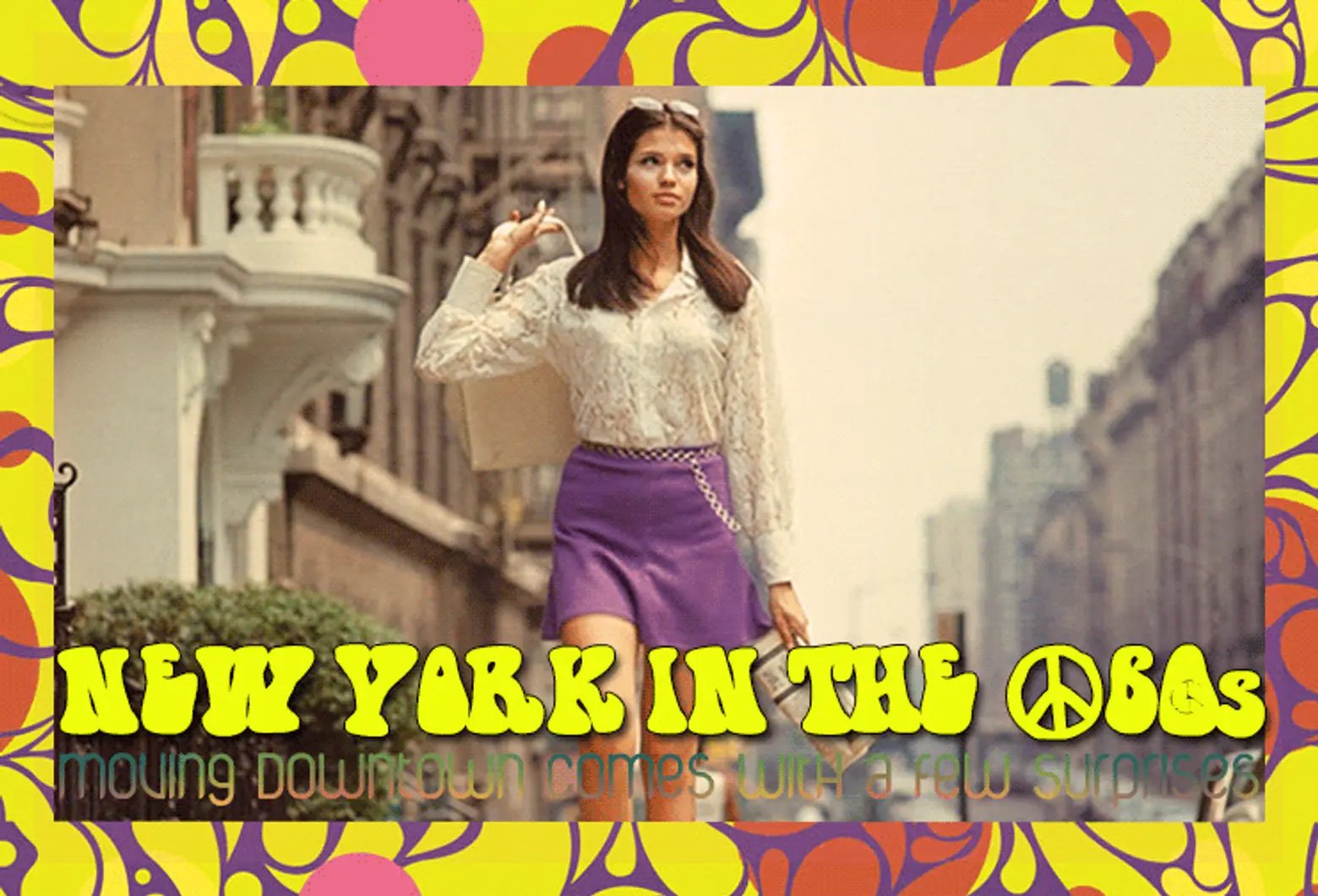
Our series “New York in the ’60s” is a memoir by a longtime New Yorker who moved to the city after college in 1960. Each installment will take us through her journey during a pivotal decade. From $90/month apartments to working in the real “Mad Men” world, we’ll explore the city through the eyes of a spunky, driven female. In our first two installments we visited her first apartment on the Upper East Side and saw how different and similar house hunting was 50 years ago. Then, we learned about her career at an advertising magazine… looking in on the Donald Drapers of the time. In our fourth installment, we accompanied her to Fire Island during the warm summer months. Now, our main character decides to make the big move downtown, but it’s not quite what she expected.
+++
One day she came home from the office and found a mouse in the bathtub. She shrieked and then marched two doors down the street to the super’s apartment to complain and make him get rid of it. He laughed maniacally, so she knew how the damn mouse got there. When he took it out of the tub and dangled it by its tail in her face, she resolved to move as soon as possible.
Her two-year lease was up November 1, so she started scanning the paper for ads. When she saw one for $111 a month at 135 West 16th Street between 6th and 7th Avenues, she telephoned the number listed and made an appointment to see it.
“We can’t show you the actual apartment because there’s somebody living there. But we can show you the mirror image,” said the nice woman who was showing it.
“Would that person really mind?” the girl asked.
“We are in the process of evicting her, so I think she would.”

135 West 16th Street today
The mirror image was perfect–a living room beyond a small foyer, a good-sized kitchen off the foyer, and a bedroom in back. She did a little jig and said, “I’ll take it.” A real bedroom! How marvelous! No more sofa bed to open every night and a kitchen big enough to eat in–it looked like home.
She had wanted to move to be nearer the man she had met on Fire Island but not next door to him, so West 16th Street was good. He was on West Fourth Street in Greenwich Village. Her new place was, she thought, like no-man’s land between Chelsea and the Village.
She phoned her parents to tell them of her good fortune. West 16th Street, they thought. Hmmm. The west side had a reputation as a high-crime area, and to people in the Midwest in the 1960s, especially parents of 23-year-old women, all parts of the west side were equally dangerous. Her father, whose company kept a New York office, sent his man to have a look at the street. When the girl found this out, she was of course incensed, but the man said the street was fine, so she didn’t stay mad for long. It was, in fact, a very middle-class street. Six-story buildings built around 1916 lined the north side of the street; and a French school, another couple of six-story buildings were across the street together with a modest and charming two- or three-story house with a food market on the ground floor.
Finally the legal work was completed and she was given keys to the building and the apartment, the real apartment, not the mirror image. Unfurnished and swept, it was colorless and grim. She looked around and saw that the windows were greasy-filthy, the floor was swept but still dirty—shards of glass had escaped the broom and an empty pint whiskey bottle was still under the radiator in the living room. Dirt of the gray, granular variety was pervasive. It wasn’t until she actually began to clean with water and cleaning solutions that she noticed the smell of cat urine along the base molding there. The stove was so encrusted with gunk she despaired of ever getting it clean. Better to ask for a new one. Ditto the fridge. She could afford the rent, and though the landlord wanted a couple of dollars more for the new appliances, she was so exhausted from cleaning that she felt it would be worth it.
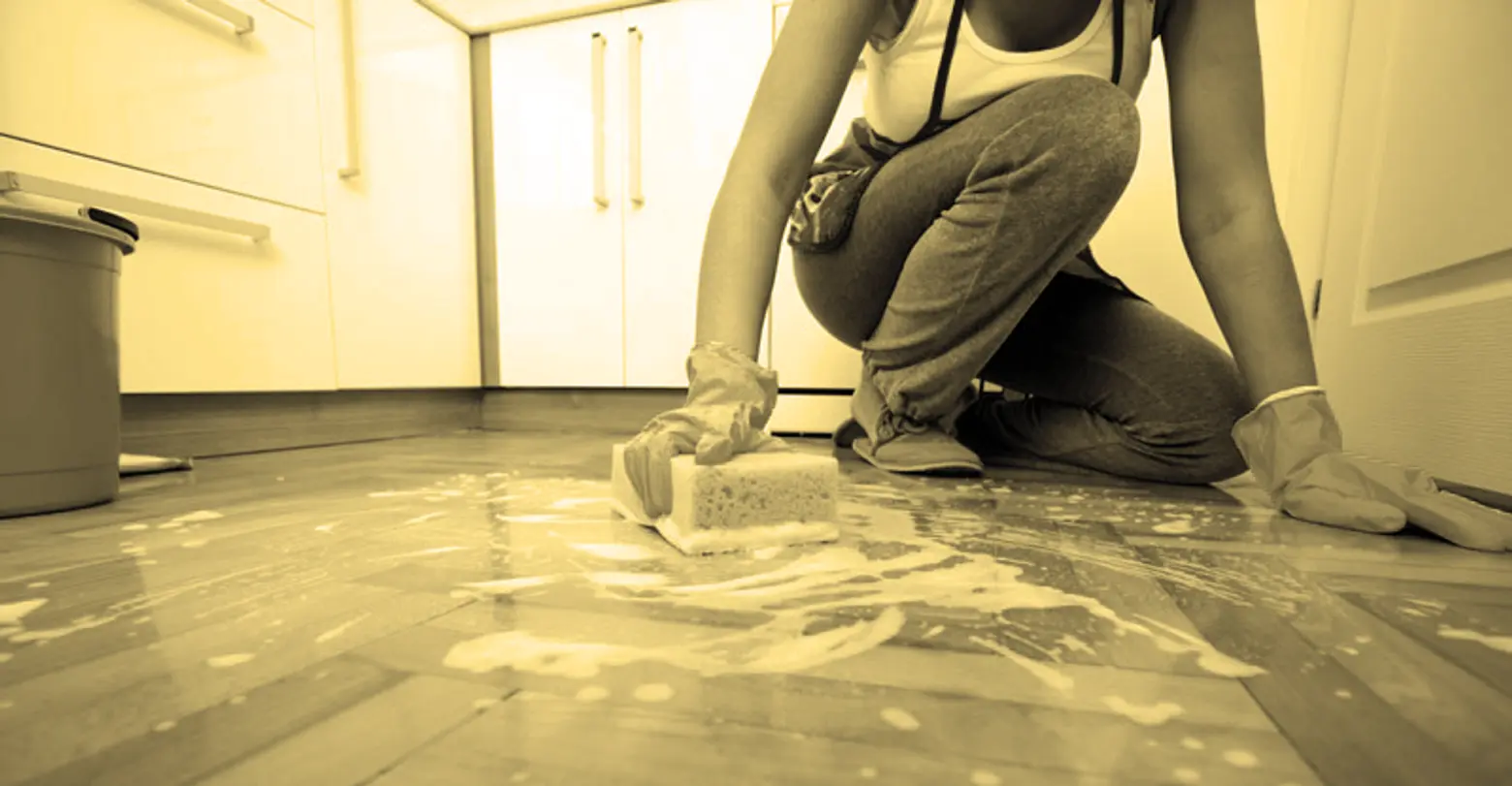
She envisioned a kitchen sparkling and fresh, but it looked as though the linoleum had been abraded so badly that it was more like an earthen floor than a 20th century New York apartment. Maybe she should put down a new floor. She called her Fire Island flame to get some advice. “The first thing you have to do,” he said, “is to wash the floor, because no new flooring will stick unless the underfloor is really clean.” A pail of water with Lestoil and ammonia, a scrub brush, rubber gloves and a big towel to mop it all up. Amazingly enough, a fine linoleum floor soon emerged, taupe colored background with blobs of blue, red, yellow and other colors throughout. Not bad at all.
It turned out that the previous tenant had been an alcoholic who would be soused every night by ten and start shouting and screaming into the courtyard outside the windows so that her exhortations could reverberate up and down, keeping everyone awake to say nothing of scaring them. Her husband, or whatever, was a jazz musician and came home every morning about six a.m. No wonder he stayed out.
She washed the windows inside and then sat on the sills backwards to wash the exterior, pulling the lower sash down close over her thighs. Daylight! All in all, she worked and cleaned and scrubbed for probably ten days or so—she had two weeks’ grace between the start of her lease here and the expiration of the old one uptown. She worked evenings and on the weekends and noticed that her Fire Island flame didn’t help. What was he doing?
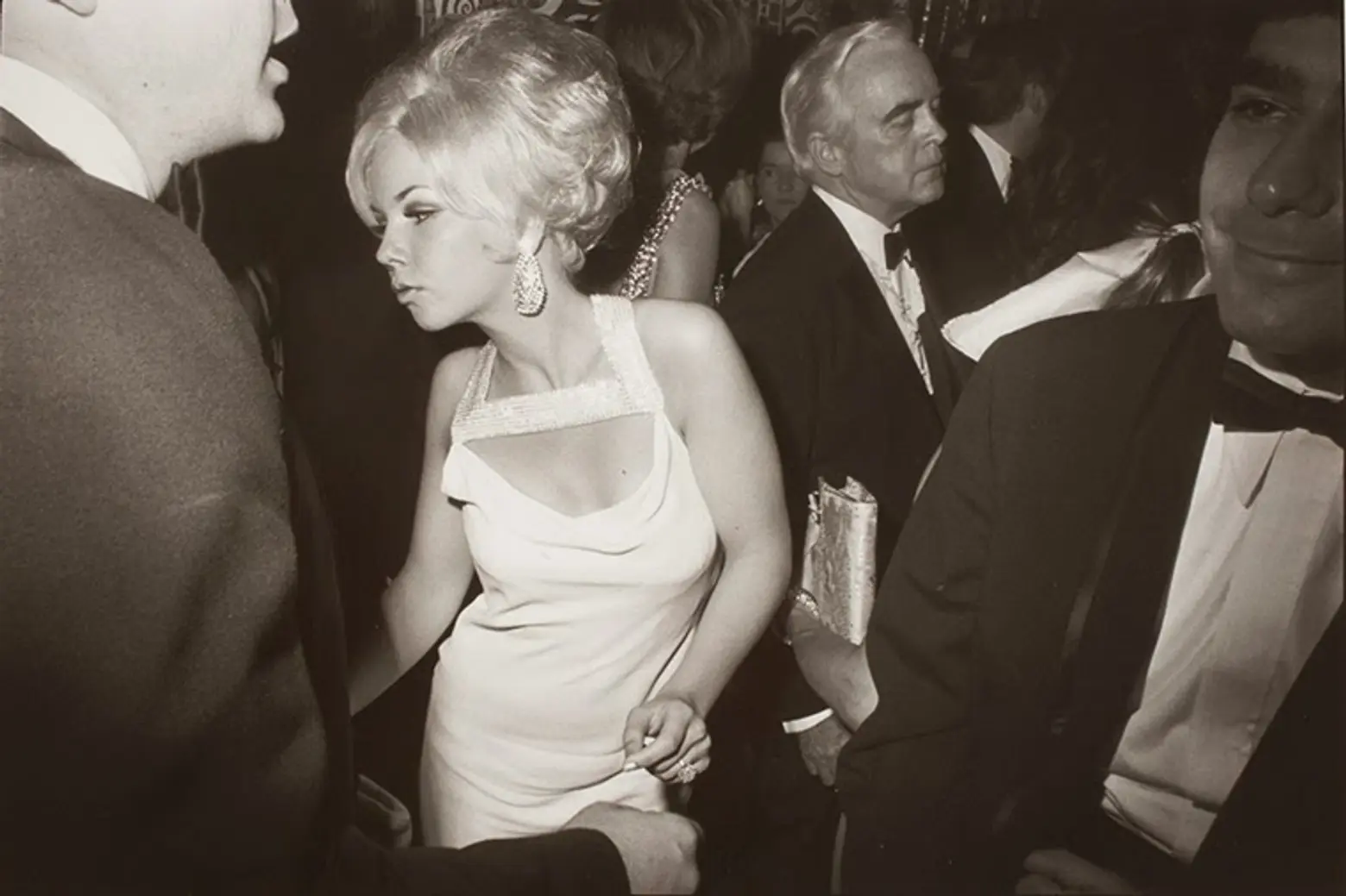
Photo by Garry Winogrand
A couple of weeks later, he invited her to a party and told her to meet him at the former house of John Barrymore in the Village. John Barrymore’s house—wow! She dressed carefully and arrived a little late, finding him raptly engaged in conversation with another woman. The girl didn’t even take off her coat, a fitted red mohair thing, but left in embarrassment. Walking home, she thought she had been silly, she should at least have a word with him, so she went back. She was ushered into the room and there were ten or twelve men and women sitting around with no clothes on. She recognized one of them as a well-known writer. Her Fire Island flame called out to her, “Hi, baby! Come on in. Take your clothes off and join us.” And then he laughed and scrambled along the floor toward a well-endowed woman. The girl left in a hurry. She finally realized why her Fire Island flame had not helped her with her apartment.
A few months later she picked up an issue of Cosmopolitan, and in it was an article written by the writer who had been at the party—claiming she had kept her clothes on at this “party” when she had in fact been naked like everyone else. Worse, the author mentioned a prude girl in a red coat—who left twice. How mortifying!
RELATED:
- New York in the ’60s: Apartment Hunting, Job Searching, and Starting Out in the Big City (Part I)
- New York in the ’60s: Domestic Yearnings, Yorkville Hangouts and Bartenders (Part II)
- New York in the ’60s: Being a Woman in Advertising During the ‘Mad Men’ Days (Part III)
- New York in the ’60s: Beach Parties and Summer Houses on Fire Island (Part IV)
